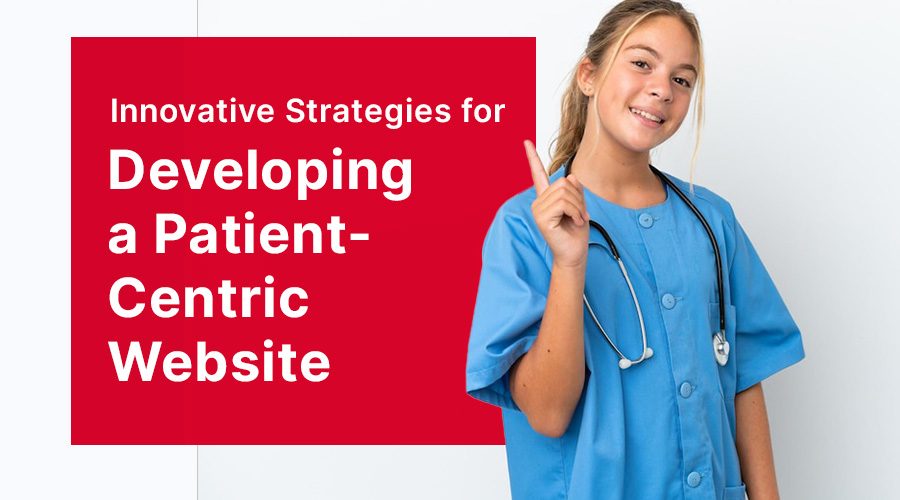Introduction
Hey there! I bet you’ve heard the term “patient-centric” tossed around quite a bit in the healthcare industry recently. It’s the idea of focusing healthcare services around the needs and preferences of patients. Well, guess what? This principle applies to medical websites too. If you’re looking to create a medical website that truly centers on the patient, then you’re in the right place. In this article, we’ll explore innovative strategies to develop a medical website with your patients at the heart of it all. You’ll get insights on user-friendly designs, the importance of comprehensive content, site accessibility, integrating feedback, and maintaining privacy and security. All for the love of patient care!
Table of Contents
- User-Friendly Design: Tailoring to Patient Needs
- Comprehensive Content: Educating Your Patients
- Site Accessibility: Inclusive and Available to All
- Integrating Feedback: Continual Improvement
- Privacy and Security: Prioritizing Patient Trust
User-Friendly Design: Tailoring to Patient Needs
Ever tried navigating a confusing website? Frustrating, isn’t it? Now, imagine if you were unwell and had to go through this. For a medical website, simplicity is paramount. A clean, intuitive design that’s easy to navigate is the first step in making a patient-centric website. Everything should be logically organized with clear call-to-action buttons and readily available contact information. Now, wouldn’t that be a breath of fresh air?
Take the website’s color scheme, for instance. While it might seem like a minor detail, the right color palette can evoke feelings of calm and trust—feelings you definitely want your patients to associate with your healthcare services. Remember, a well-crafted design isn’t just about looking good. It’s about making the patient’s journey smoother, just like a well-lit path in a dark forest.
Comprehensive Content: Educating Your Patients
Imagine having a mysterious cough and being unable to find information on a medical website? As daunting as healthcare can be, knowledge is power. That’s where comprehensive content comes in. Information about conditions, treatments, and health tips should be readily available, accurate, and easy to understand.
But hey, we’re in a digital age, aren’t we? Why limit ourselves to written content? Videos, infographics, and interactive tools can make learning about health engaging and accessible. Just think of it as offering a virtual health library, where patients can learn at their own pace in their preferred style. Isn’t that what patient-centric care is all about?
Site Accessibility: Inclusive and Available to All
Inclusivity is a buzzword nowadays, isn’t it? But it’s more than just a buzzword in the realm of patient-centric medical websites. Having a site that’s accessible to everyone, regardless of their physical or cognitive abilities, language, age, or tech-savviness is key.
We’re talking larger text sizes for those with visual impairments, voice assistance for those who can’t use a keyboard, and language translation for non-English speakers. Because, after all, isn’t healthcare about caring for all?
Integrating Feedback: Continual Improvement
Remember the last time you filled out a feedback form and wondered if it even made a difference? Well, in a patient-centric medical website, feedback is gold. It’s an avenue to learn what’s working, what’s not, and what can be improved.
Regularly seeking and incorporating patient feedback can help to continually adapt and optimize the website. It’s a bit like gardening—you prune the unhealthy bits and nourish the areas that bloom. Who doesn’t love a thriving garden?
Privacy and Security: Prioritizing Patient Trust
In a world of digital data breaches, how important do you think privacy and security are to your patients? I’d say, pretty crucial. A patient-centric website not only needs to be informative and accessible, but it must also safeguard patient information with robust security protocols.
Maintaining a secure environment and being transparent about data usage can help build patient trust. After all, isn’t trust the backbone of any patient-care provider relationship?
Conclusion
Crafting a patient-centric medical website may seem like a Herculean task, but it doesn’t have to be. With the right strategies in hand, it’s entirely possible. And remember, it’s about continual improvements and adaptations, just like healthcare itself.
At Webnobby, we specialize in creating user-friendly, accessible, and secure websites that put patients at the center. If you’re ready to elevate your medical website to new heights, we’re just a click away.


